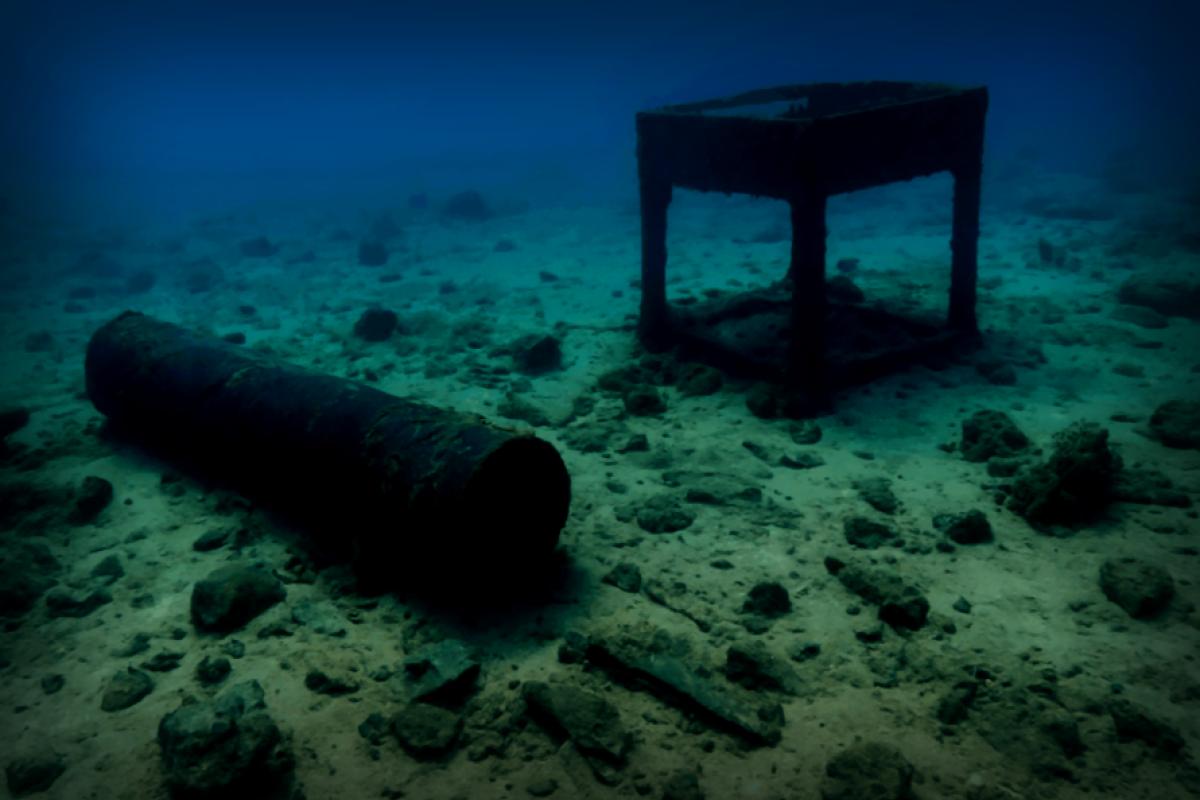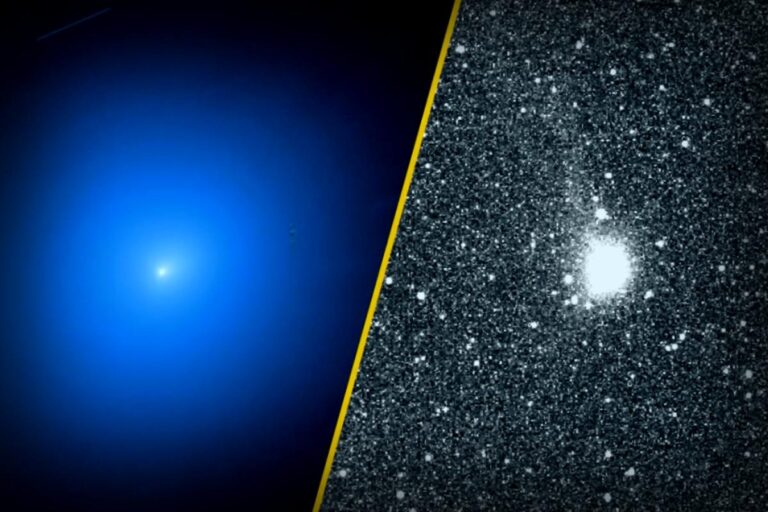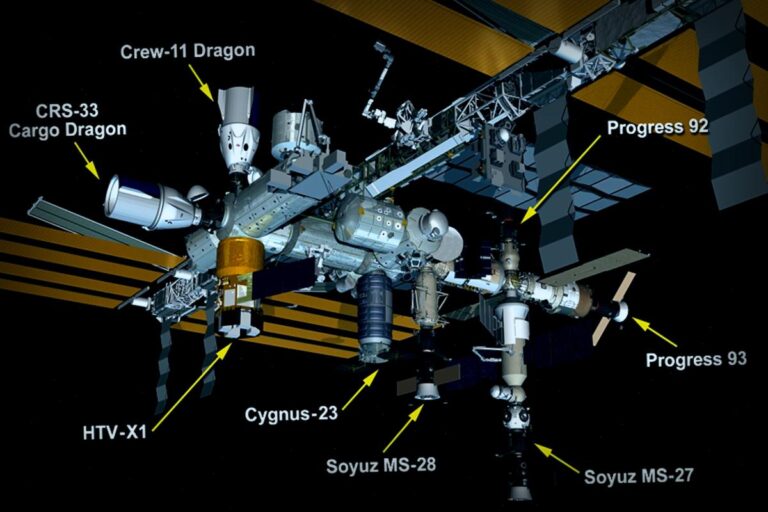An unsettling situation is developing along the Mexican coast, with scientists formally raising alarms about falling rocket debris in the Gulf of Mexico. Reports indicate that fragments from rocket boosters tied to various space launches have been landing in the ocean, harming marine life, corals, and the sea floor.
Rising Alarm Over Rocket Debris
A respected marine conservation group in Mexico has filed a complaint about these issues. This organization kicked off a significant initiative—”Expedition Booster 2025″—earlier this year to thoroughly investigate the underwater ecosystem along Playa Bagdad in Tamaulipas, an area critical to marine habitats and busy sea lanes.
Recently, research teams have found distressing evidence that debris from rocket boosters is spreading alarmingly along the coastline and further into the ocean than initially thought. Surprisingly, scientists have discovered that the amount of debris is far greater than expected, with pieces of plastic, metal, and other materials cluttering over a range of 20 kilometers.
SpaceX is gearing up for an exciting Starship Flight 11 on October 13 to experiment with advanced reusable rocket technologies.
The vast presence of debris poses serious threats to the marine ecosystem. Smaller debris pieces appear quite appetizing to sea creatures like dolphins and turtles, leading to accidental ingestion that can result in severe health issues or even death. Additionally, larger segments, some measuring between two to ten meters, pose risks on the sea floor that may endanger multiple marine species.
Alarming Seafloor Damage Discovered
Utilizing 3-D sonar imaging during their expedition, researchers anticipated to find debris but were taken aback by the discovery of disturbed ocean floor, indicating adverse impacts from machinery intended to remove debris. Heavy structures from a recovery platform introduced into the area in July inadvertently created distress to the seabed, forming deep holes and disorganizing the surrounding sand and rock.
According to the team, the heavy machinery pressed into the ocean bottom did more damage than good, disrupting the natural habitats for various fish and crustaceans. The pulling and shuffling of larger items from the depths inflicted further harm, creating scars on the seafloor and greatly altering living conditions for marine organisms.
SpaceX is offering a $100,000 reward for spotting security vulnerabilities in Starlink.
The team successfully located at least one substantial submerged rocket part, but they estimate that around three significant items still remain submerged and await additional examination. In the upcoming weeks, an unmanned submersible is poised to capture detailed imagery of the ocean floor, shedding light on the full extent of the ecological damage caused.
Government Investigation Underway
The marine biodiversity organization has reached out to government environmental agencies, prompting an official investigation. Officials are dispatching federal scientists to the site to conduct their assessments, evaluating both the debris and the seafloor, while comparing findings to the existing data collected by the research team.
The scientists are preparing to share their comprehensive findings with national authorities shortly. They emphasize the need for understanding the extensive nature of the problem—not just for Mexico, but for all communities adjacent to the Gulf of Mexico. Since ocean currents cross borders, pollution from a rocket launch in one area could adversely influence wildlife and coastal regions far away.
This issue has been classified as exceedingly serious, as damages to the Gulf have implications for many communities and ecosystems. They argue that remnants of a rocket incident in another region might drift over to Mexican waters, causing harm. Thus, they strongly encourage authorities to diligently consider the associated environmental threats posed by rocket launches and booster recoveries in nearby seas.
SpaceX has successfully carried out the Amazon KF-03 satellite mission from Florida, extending the Kuiper project.
The organization raising the complaint firmly states its mission is to safeguard marine continuities and protect essential ecosystems. They underline the Gulf of Mexico’s role in housing multiple vulnerable species, which are already under distress from fishing, pollution, and climate change. The presence of rocket debris exacerbates these threats to their survival.
As investigations progress, scientists aim to keep accumulating evidence and document conditions along the coastline and under water. Their hope is that continuing revelations will empower decision-makers to grasp the situation and take measures to mitigate any further damage.




















